









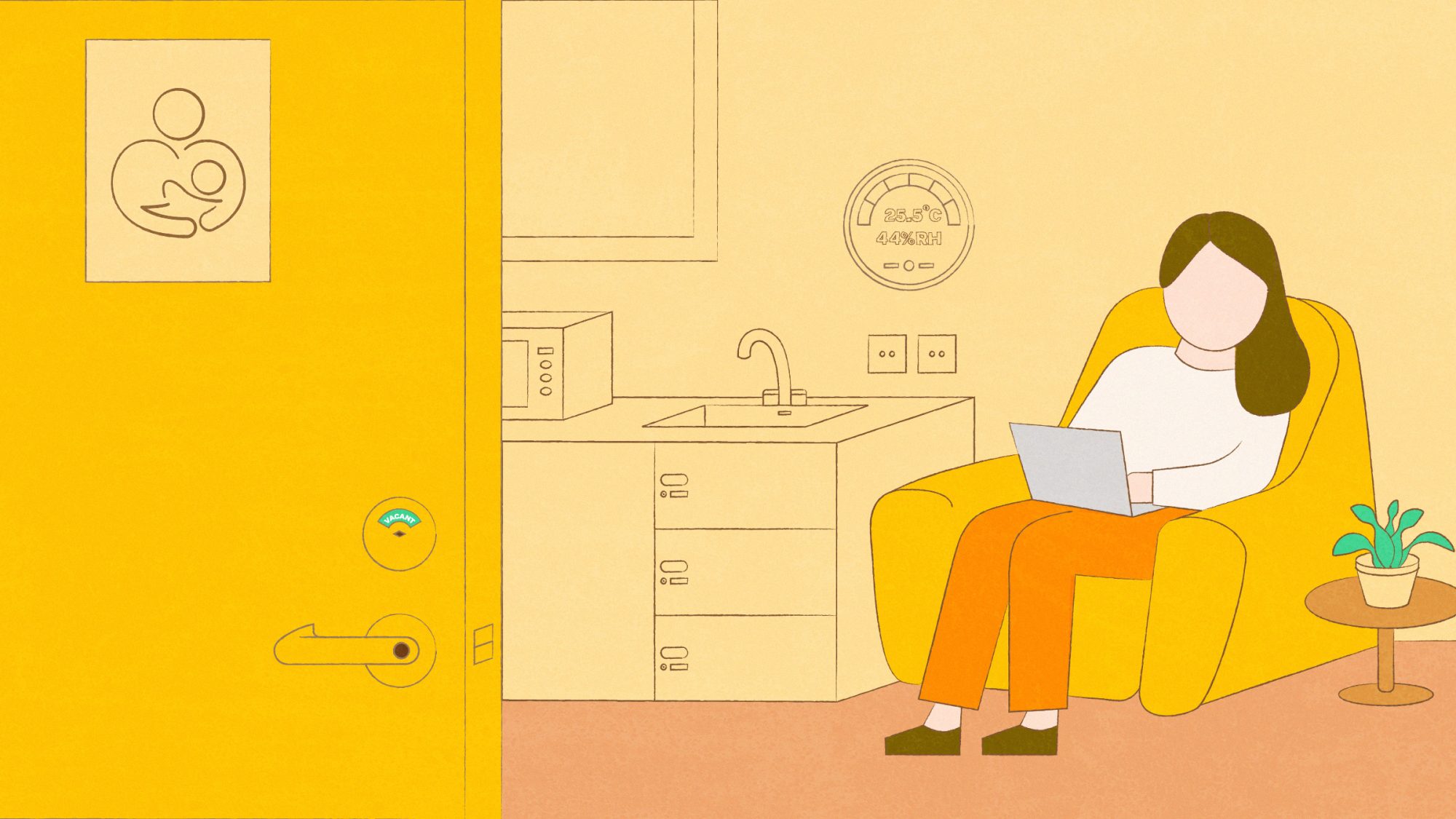
Designing spaces that meet the needs of parents at work is vital to fostering an inclusive environment. This means combining well-designed facilities with flexible arrangements, advanced technology and a wellness-focused culture that promotes equality. Since new mothers are a key segment of the workforce, it is vital to design spaces that support their career, family-life and wellbeing.
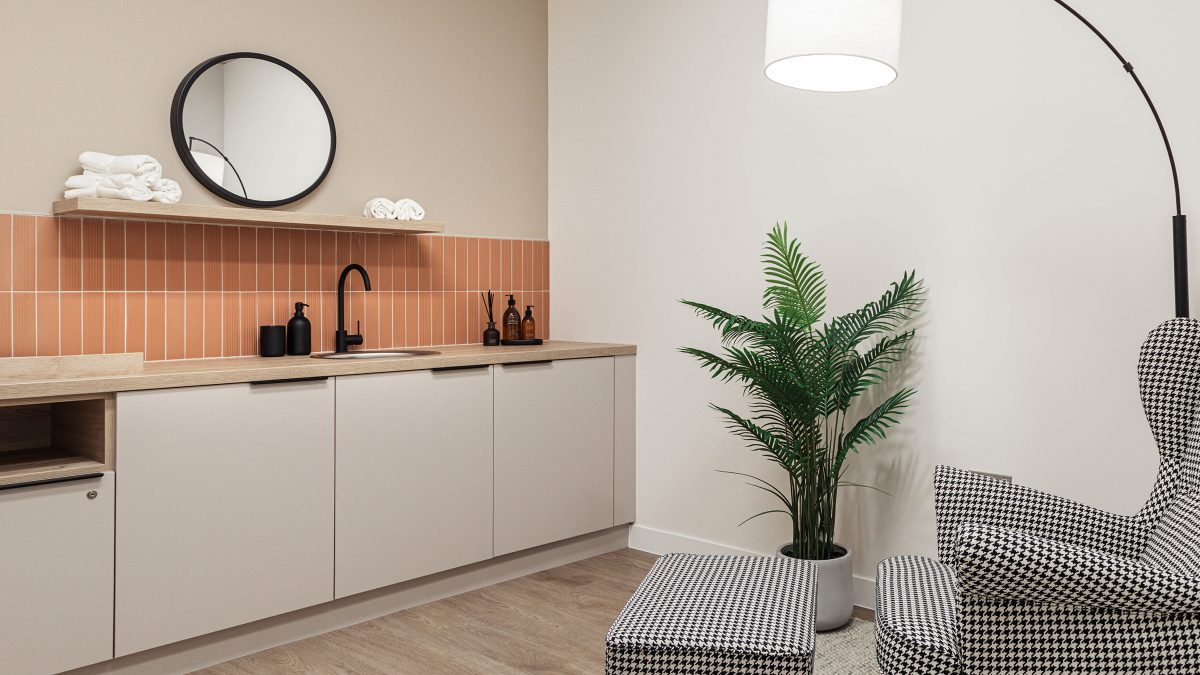
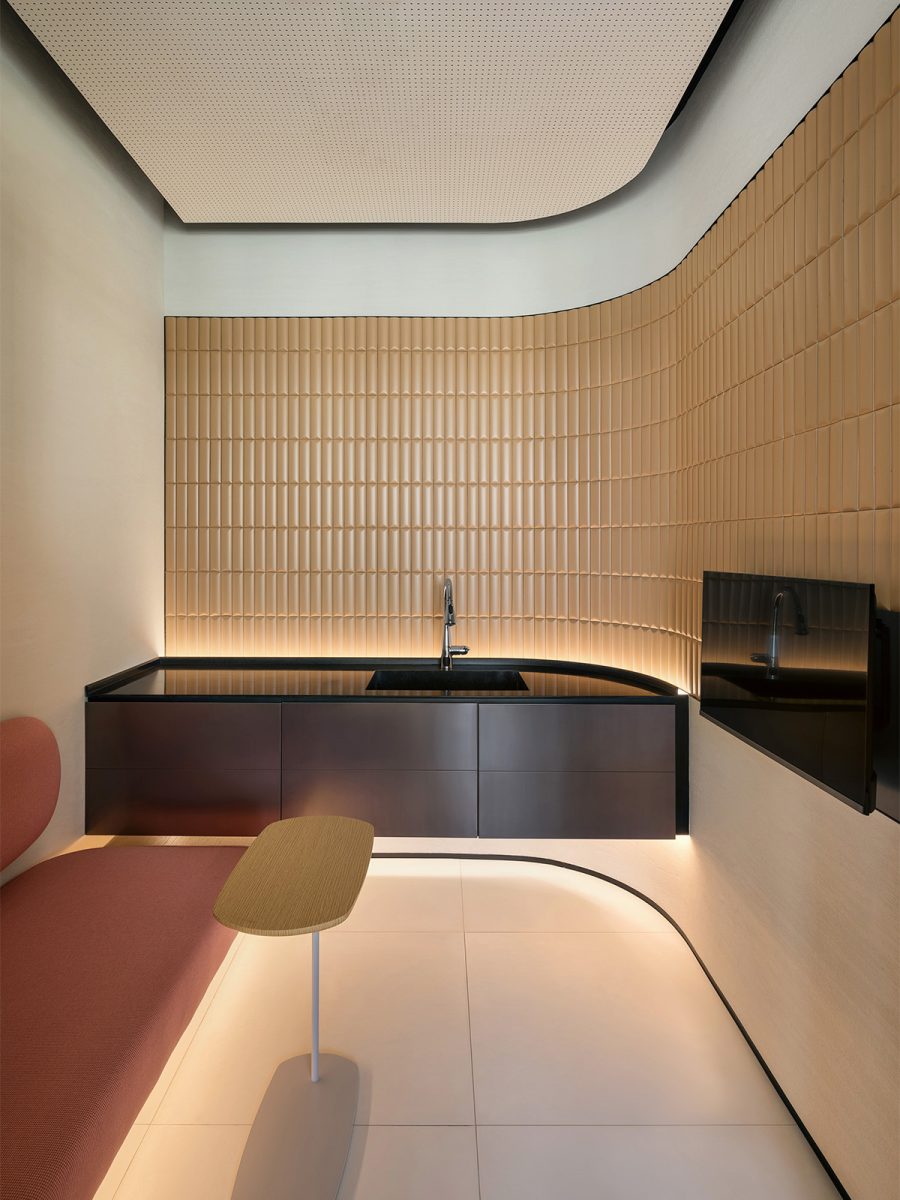
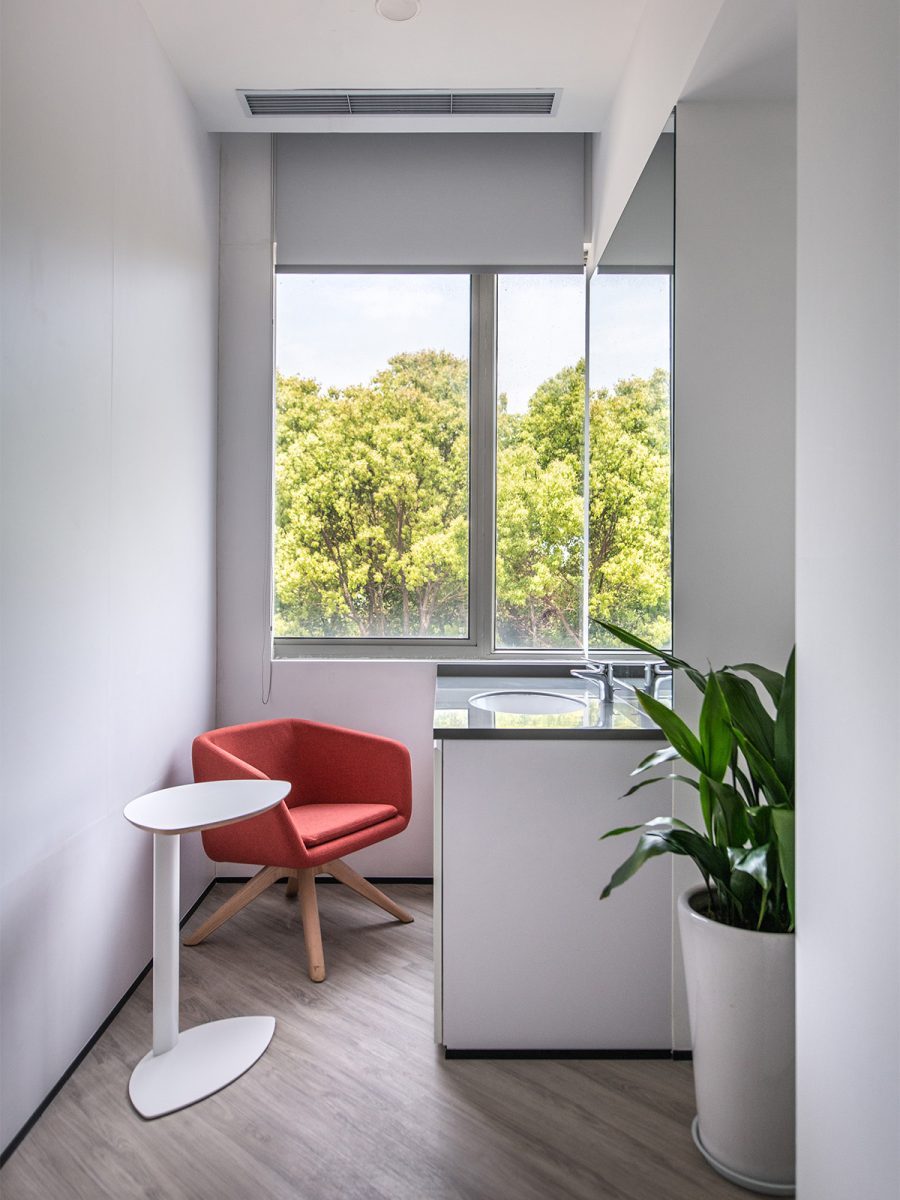
This article explores how organisations can create comfortable and supportive workspaces for mothers and working parents through a people-centric approach. Ye Han, a Senior Sustainability Specialist, mother and wellness expert, shares her unique perspective on creating workplaces that effectively support parents. She draws from her professional expertise and personal experience as a new mother.
M Moser’s commitment to inclusivity and support through wellness and sustainable design has enabled me to balance work and family life while breastfeeding. It’s inspiring to work for a company that prioritises the wellbeing of its employees and I take pride in the positive impact of our innovative designs.
Ye Han, Senior Sustainability Specialist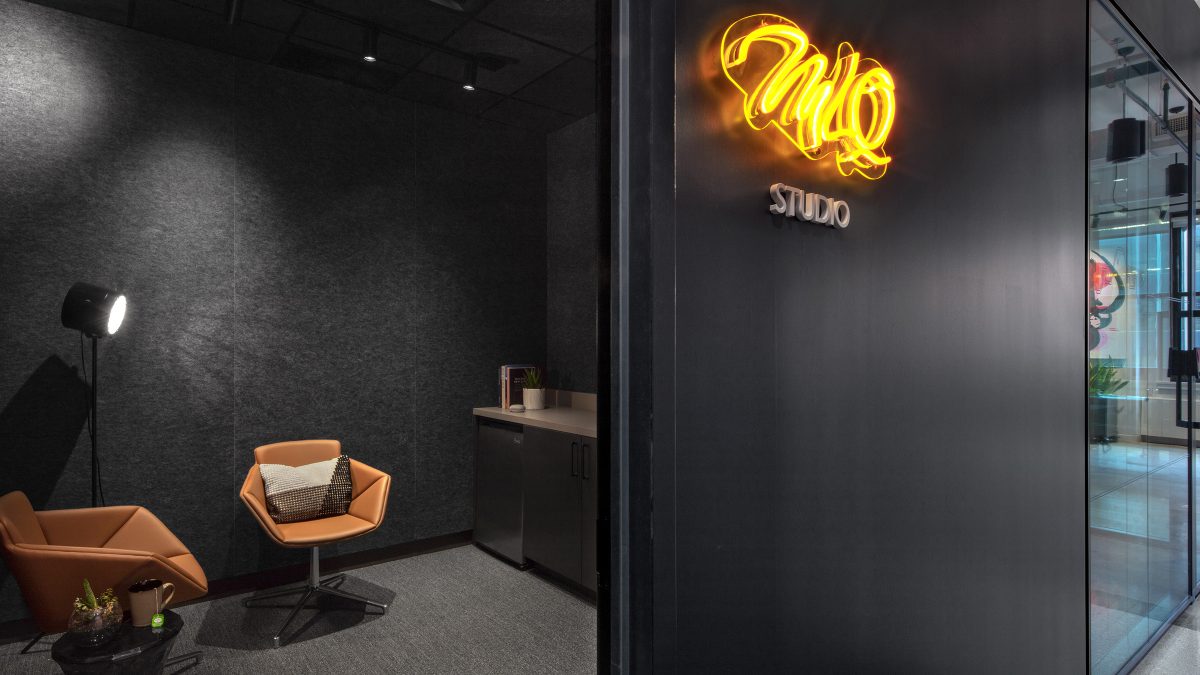
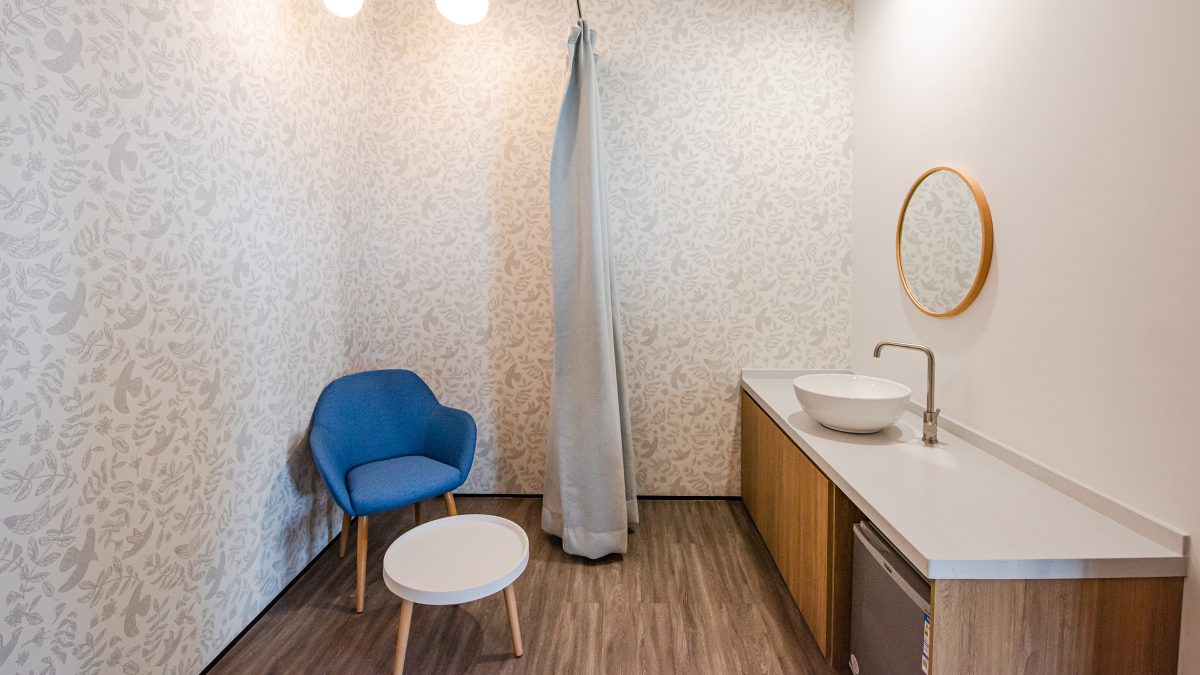
A well-designed mother’s room is vital to providing a comfortable and supportive space for breastfeeding mothers. When it comes to design, it’s important to include essential elements such as a work surface, a comfortable chair, electrical outlets, user-operated locks with occupancy signage and room booking systems. Access to a sink, faucet, paper towel dispenser, soap and a refrigerator with dedicated space for milk storage is also a priority. By offering these facilities, we can help ensure that new and experienced mothers can balance their work responsibilities with the needs of their young children.
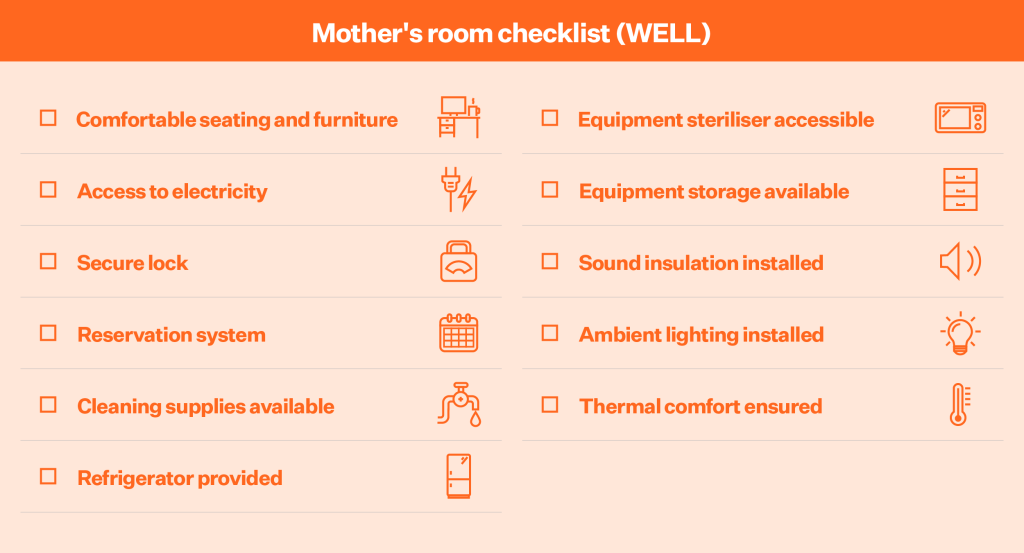
To support mothers in achieving a harmonious work-life balance, it is crucial to offer flexible work arrangements and versatile spaces that everyone can use. Organisations should provide customisable work environments, adaptable schedules and multi-functional areas, adaptable to both new mothers and others. For instance, meeting rooms can be easily converted into lactation spaces with the addition of blinds for privacy. This level of adaptability enables mothers to efficiently balance their professional and personal obligations, reducing stress and enhancing overall wellbeing.
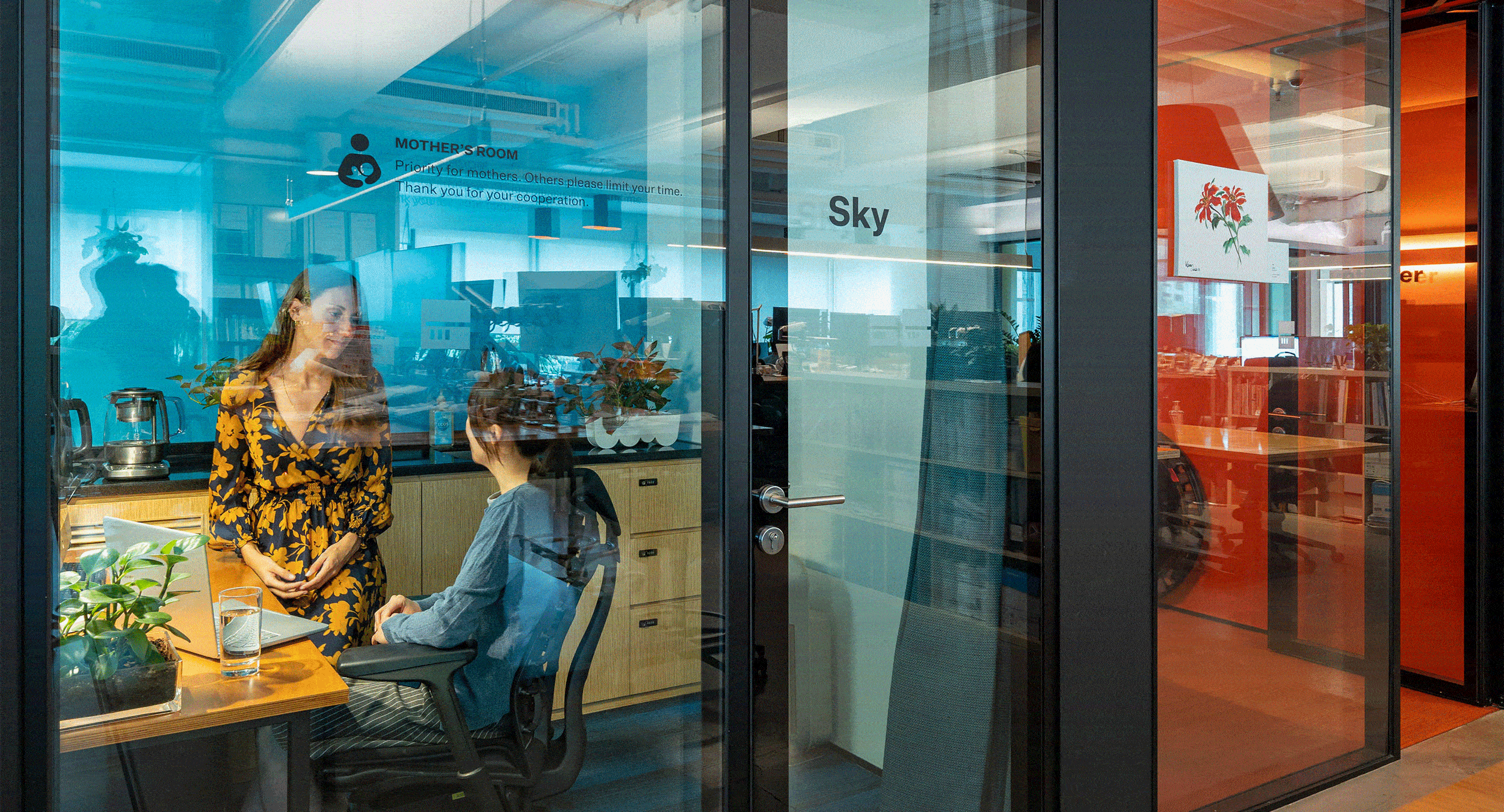
Technology plays a significant role in streamlining work processes and communication. Leveraging technology enables new mothers to work more efficiently while creating the best conditions to cater specific needs. For example, it enhances the functionality and comfort of mothers’ rooms by incorporating features such as temperature control systems, acoustic arrangements for privacy, and adaptable lighting. Room booking systems ensure a seamless experience for working mums.

Promoting a wellness-focused culture that encourages equality and support for all working parents is vital in shaping a highly productive workplace. This inclusive approach recognises the evolving needs of each person at various stages of their life. By valuing the health and wellbeing of staff, we can create a more productive, collaborative and thriving workforce.
In this video, Fanny Sun, Associate Workplace Strategy & Change, shares her experience of returning to work as a new mother at M Moser.
Creating inclusive workplaces is essential to building a diverse and resilient workforce. Designing spaces for lactation and parenting plays an important part in creating a supportive environment for working parents.
Learn more about how we design for inclusivity.
Senior Sustainability Specialist